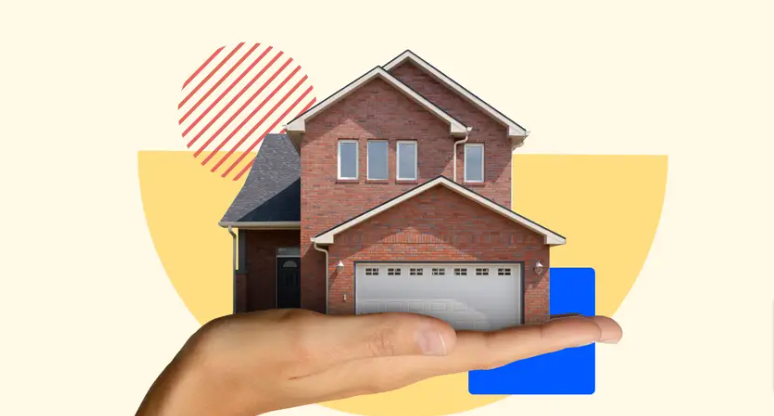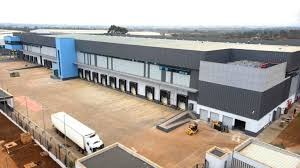The government has exerted substantial efforts to provide affordable housing for low- and middle-income earners in the country.
Private sector players have also played a role in contributing to affordable housing. However, the journey has been challenging, marked by various obstacles.
The escalating cost of construction has posed a significant hindrance to achieving affordable housing. According to Integrum, construction costs rose to an average of KES 41,600 per square meter in 2023, marking a 20.1% increase from KES 34,650 per square meter in 2022.
Key contributors to the heightened construction costs include steel, aluminum, PVC, and cement. Integrum attributes this surge to the weakening of the Kenyan shilling, high energy costs, soaring inflation, and poor cost management practices. Ultimately, the increased construction costs limit the availability of affordable housing.
The persistent housing gap, fueled by rising urbanization and population rates, has resulted in demand outpacing supply.
Despite the government’s target of providing 50,000 units annually under its affordable housing agenda, there remains an 80% deficit against the yearly demand of 250,000 units. This shortfall has led to the growth of informal settlements, particularly in urban areas like Nairobi.
A report by Cytonn Investments indicates an increase in non-performing loans in the real estate sector, prompting lenders to implement stricter measures and demand additional security for housing loans.
Real estate non-performing loans rose by 20.9% to KES 96.0 billion in Q2’2023 from KES 79.4 billion in Q2’2022. The heightened control measures against lending have negatively impacted affordable housing.
The challenging economic environment in the country has contributed to the unaffordability of affordable housing.
Increased inflation, the depreciation of the Kenyan shilling against major currencies, higher taxation, and rising energy prices have significantly diminished the purchasing power of many Kenyans.
With reduced purchasing power, ordinary Kenyans must prioritize basic needs such as food and clothing before considering homeownership.
Achieving affordable housing in the country requires a collaborative approach involving all stakeholders in the real estate sector. More public-private partnerships, government initiatives to expand access to finance, and enhanced public education are essential.
Creating awareness about loans provided by the Kenya Mortgage Refinance Company (KMRC) is crucial. KMRC, a non-deposit institution established by the government, aims to make long-term funds available for affordable housing.
KMRC lends funds to entities like banks, SACCOs, and development financial institutions, which then provide loans to individuals at a slightly higher rate. By June 2023, KMRC had disbursed a total of KES 7.2 billion to participating primary mortgage lenders (PML).


















